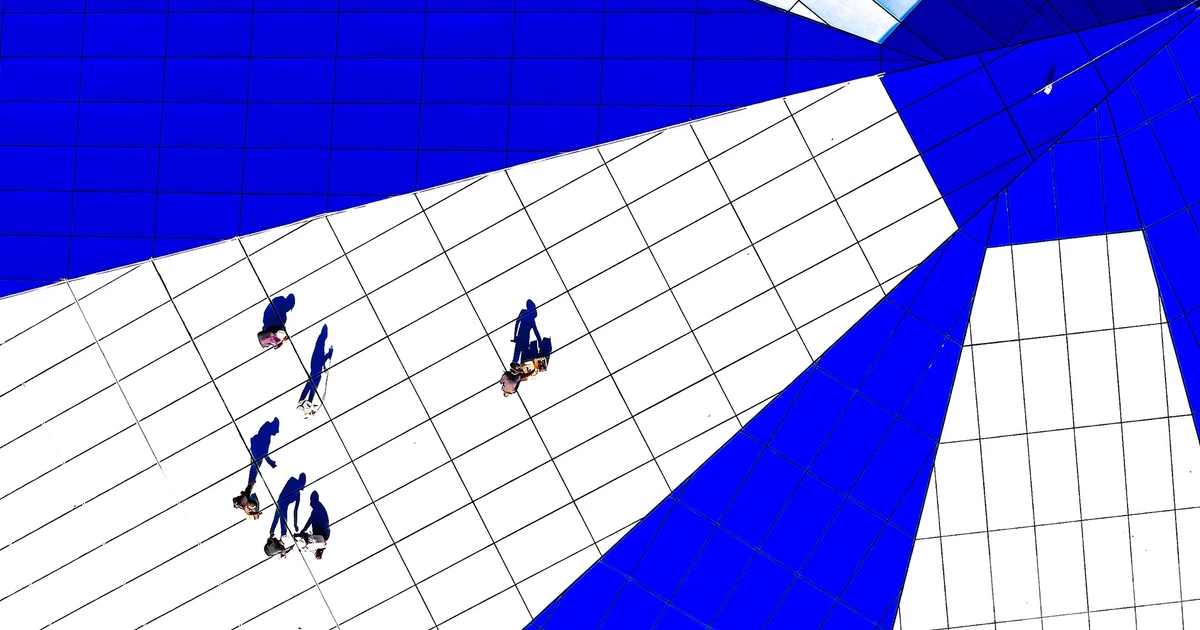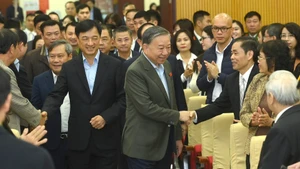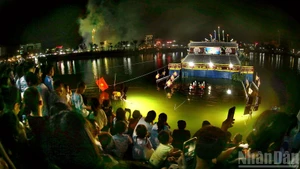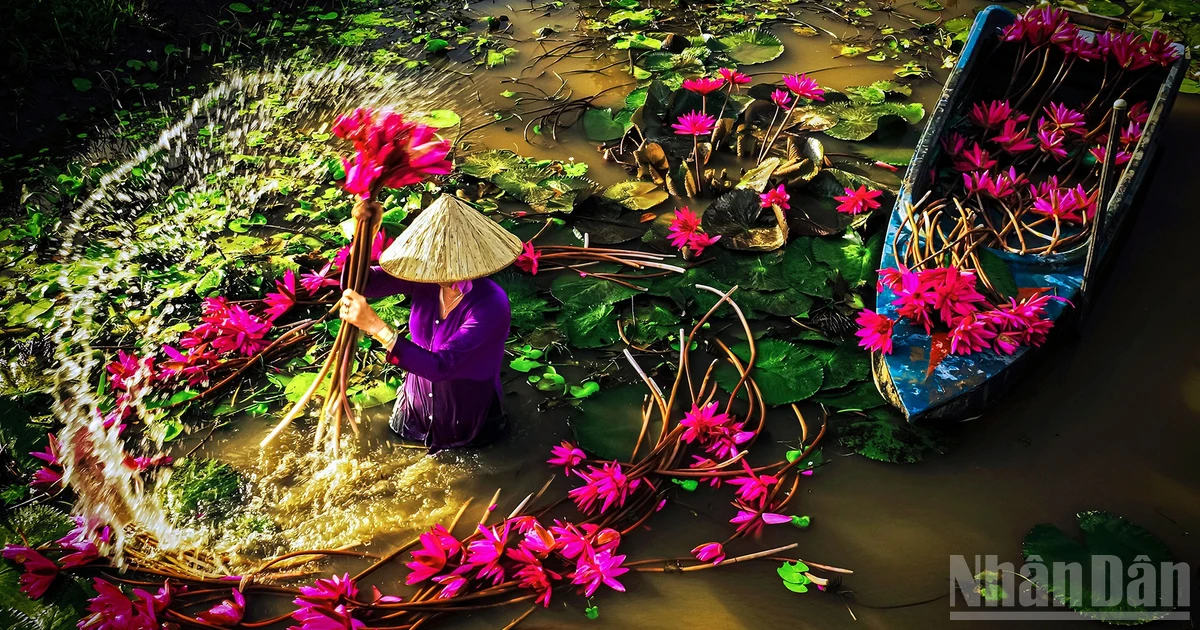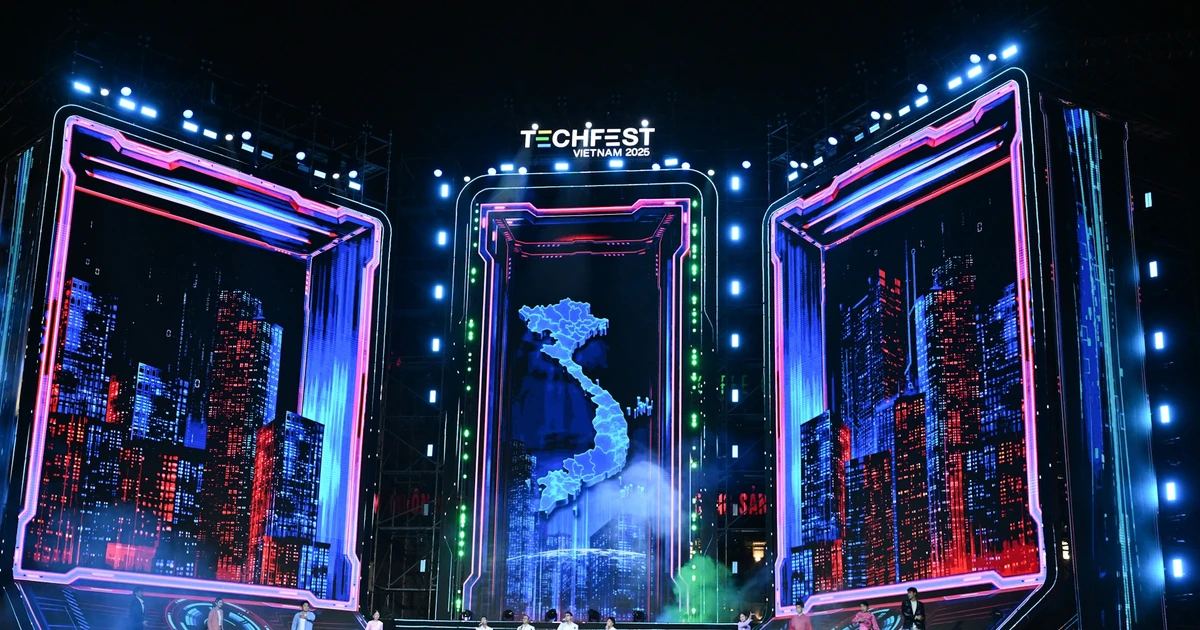The dominant colour in the traditional attire of the white-trousered Dao people is indigo, which serves as a background to highlight embroidered decorations. Compared to other Dao groups, such as Dao Do, Dao Tien, and the Dao Quan Chet (the tight-trousered Dao), the white-trousered Dao have a distinctive style of dress that clearly expresses notions of gender, age, and community roles.

A woman’s outfit includes a headscarf, blouse, bodice, white trousers, leg wraps, and a belt—all harmoniously integrated in both form and symbolism.
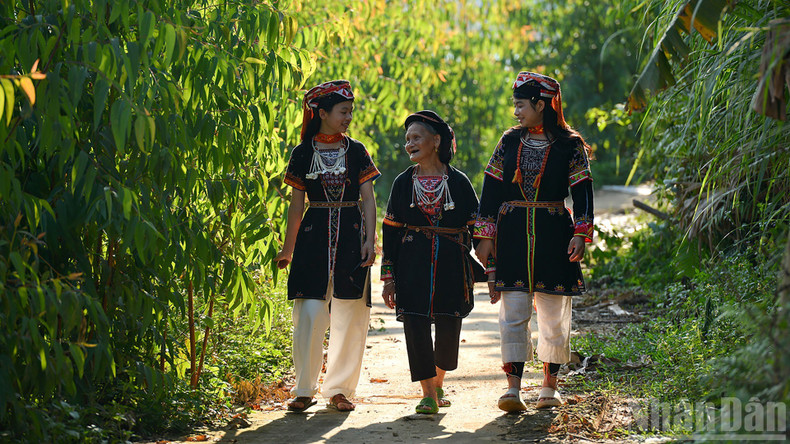
Each stitch on every piece of fabric features images of daily life, from floral patterns and flowing water to the sun and religious symbols. Spiral motifs and stylised V-shapes often appear on the chest, sleeves, and back of the blouse.
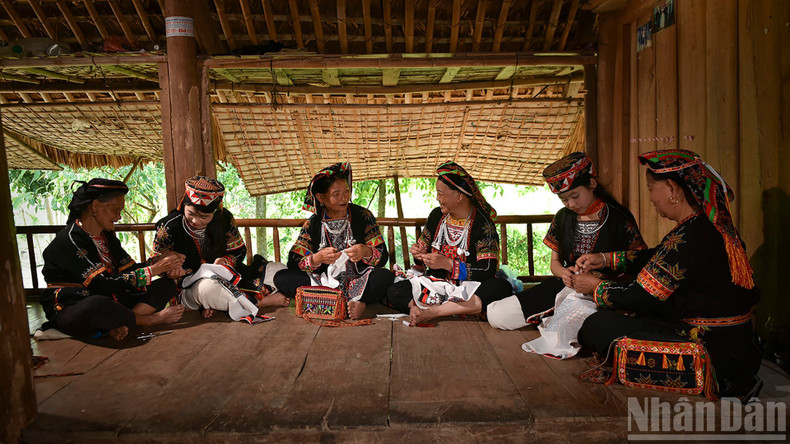
The white-trousered Dao women begin learning embroidery at a very young age. With the gentle guidance of mothers and grandmothers, they are taught the meanings behind each motif and gradually learn to complete a full traditional costume. Embroidery is more than a skill—it is a cultural measure of maturity passed down from generation to generation.

In Phuc An, women still maintain the habit of embroidering by hand and patiently teach their children how to wrap headscarves and tie belts. This practice not only reflects meticulousness in dress but also a deep pride in their ethnic identity. Key features of the white-trousered Dao attire include a black embroidered headscarf, an intricately stitched bodice, and a sash approximately 1.5 metres long and 3–4 centimetres wide. The belt is typically red and yellow, tied snugly around the waist.
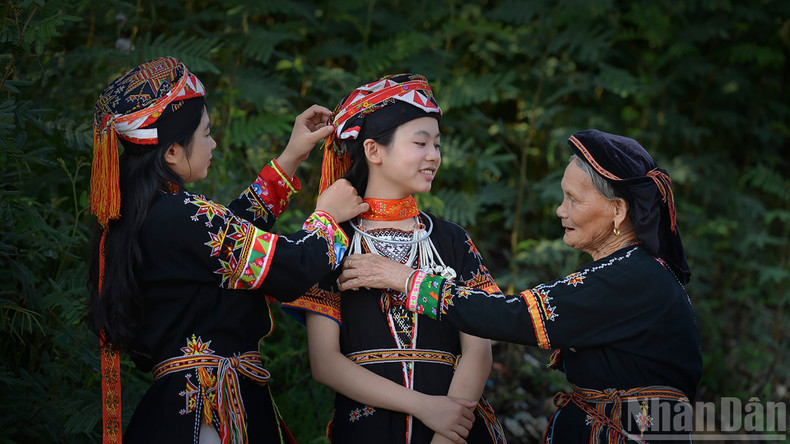
The headscarf is an important accessory, both aesthetically and culturally. It is meticulously embroidered by hand, featuring a central eight-pointed star and colourful tassels adorning the edge.

Men’s clothing is simpler than women’s. They wear short indigo shirts with either round or standing collars, devoid of decorative motifs, paired with plain headscarves embroidered with small patterns at the corners. Despite the muted colors, men’s attire is still carefully assembled, especially during ceremonial occasions. One of the most formal outfits is worn during the cap sac (maturity ritual) ceremony—a crucial rite marking a man’s adulthood and his readiness to perform rituals and shoulder familial responsibilities.

Beyond their distinctive clothing, the white-trousered Dao people in Phuc An Commune also preserve a symbolic craft: shrimp trap weaving. Though considered a supplementary occupation, it vividly reflects the community’s adaptation to natural conditions—a survival method based on water, forests, and indigenous knowledge.
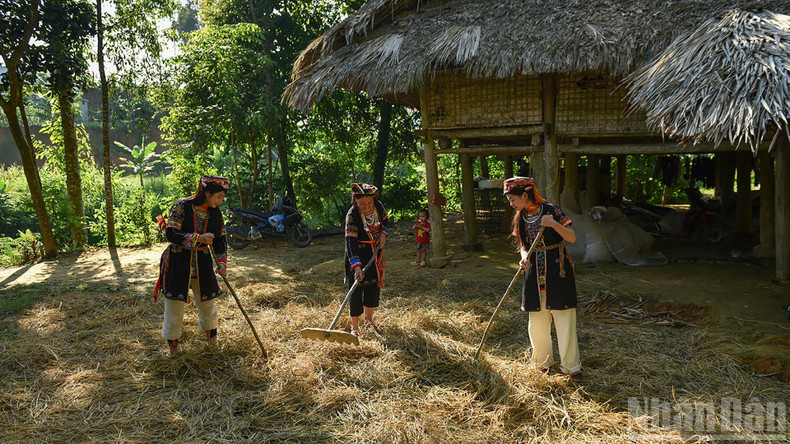
Situated near Thac Ba Lake, the local people in Phuc An have long practiced small-scale fishing in streams. To protect water resources, they avoid using drag nets, opting instead for bamboo traps—a traditional handmade device crafted entirely from natural materials. Shrimp trap weaving is not only a livelihood but also a communal cultural practice. These traps are used daily and often traded among Dao, Tay, and Muong villages. Particularly during the flood season, many families still maintain the habit of weaving traps in the evening and placing them in streams at night, collecting the catch at dawn.
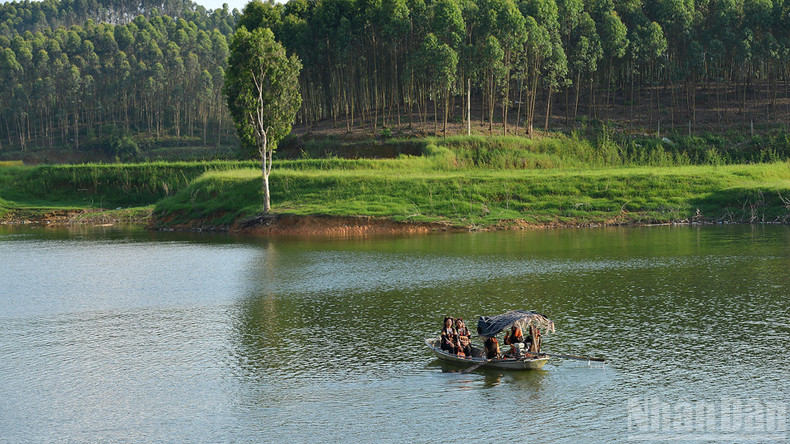
Despite the significant influence of modern cultural waves, the white-trousered Dao people in Phuc An Commune continue to preserve their distinct identity and uphold the traditions passed down from their ancestors. During festivals and cultural events, the community reminds itself to cherish and display their heritage through every garment worn.
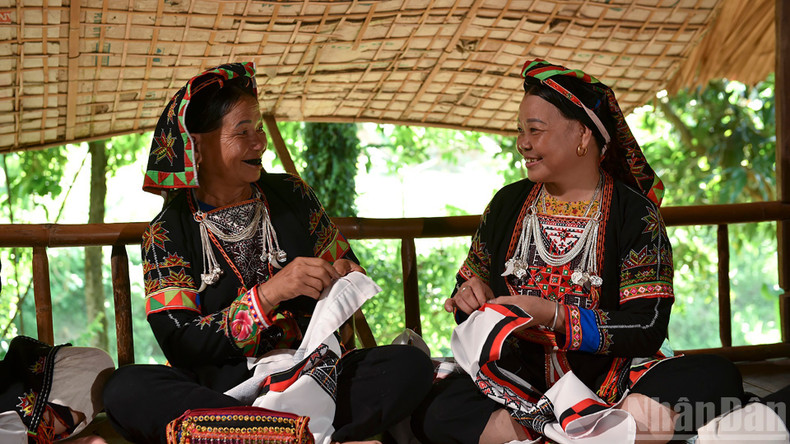
Life here is calm and unhurried. Beneath the forest canopy, along stream banks, hands remain busy with embroidery frames and bundles of bamboo slats—quietly safeguarding values that have bonded generations of the community.
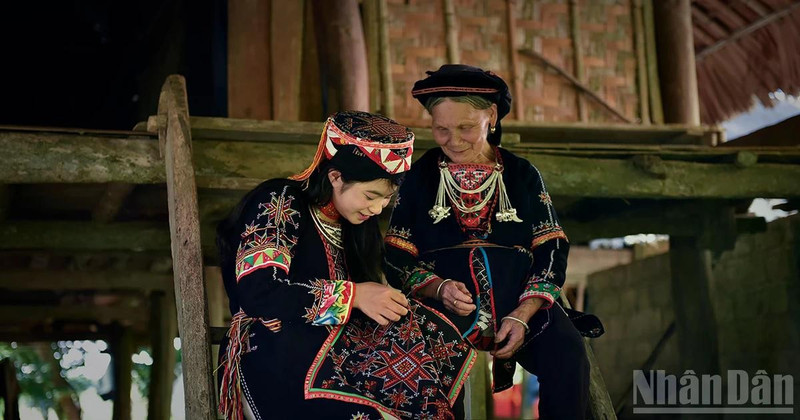
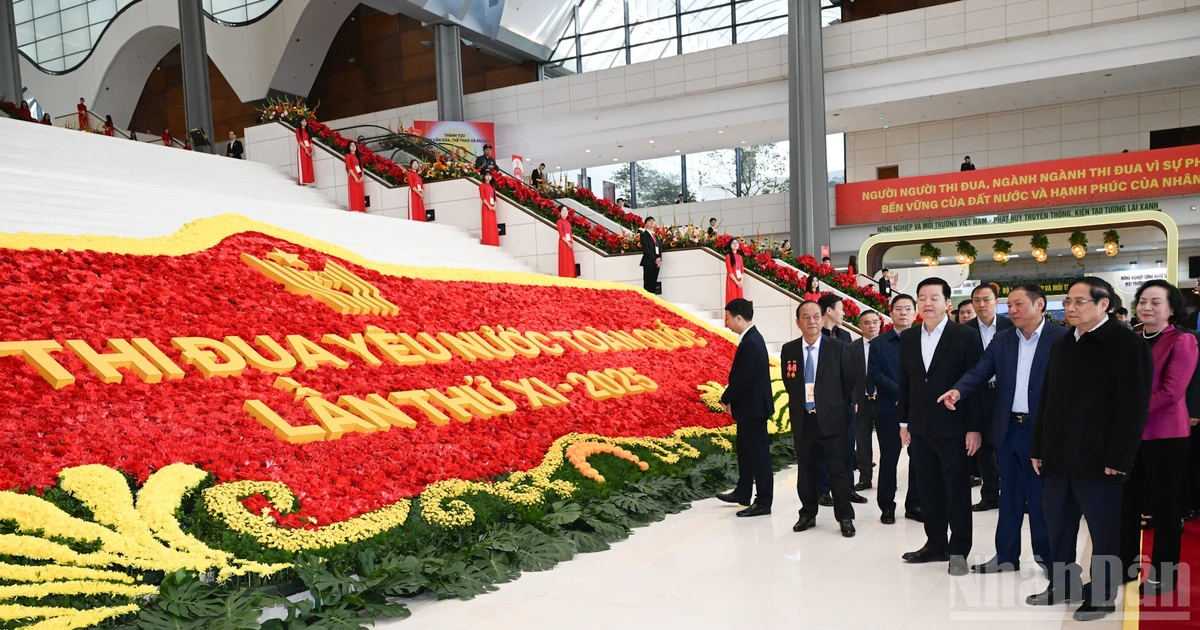
![[In Pictures] Party General Secretary To Lam chairs conference of Central Steering Committee for the Development of Science, Technology, Innovation and Digital Transformation](https://en-cdn.nhandan.vn/images/5992a12dd6e78b9bfb434962ff18307331f51c4c3a3e5fcfcd42f0234766d9c4472e3c23eec9b1fd1b48745c8d3f1352344b9404599dcafdc84ae4ddd5452acc/251225-tbt-3.jpg.webp)

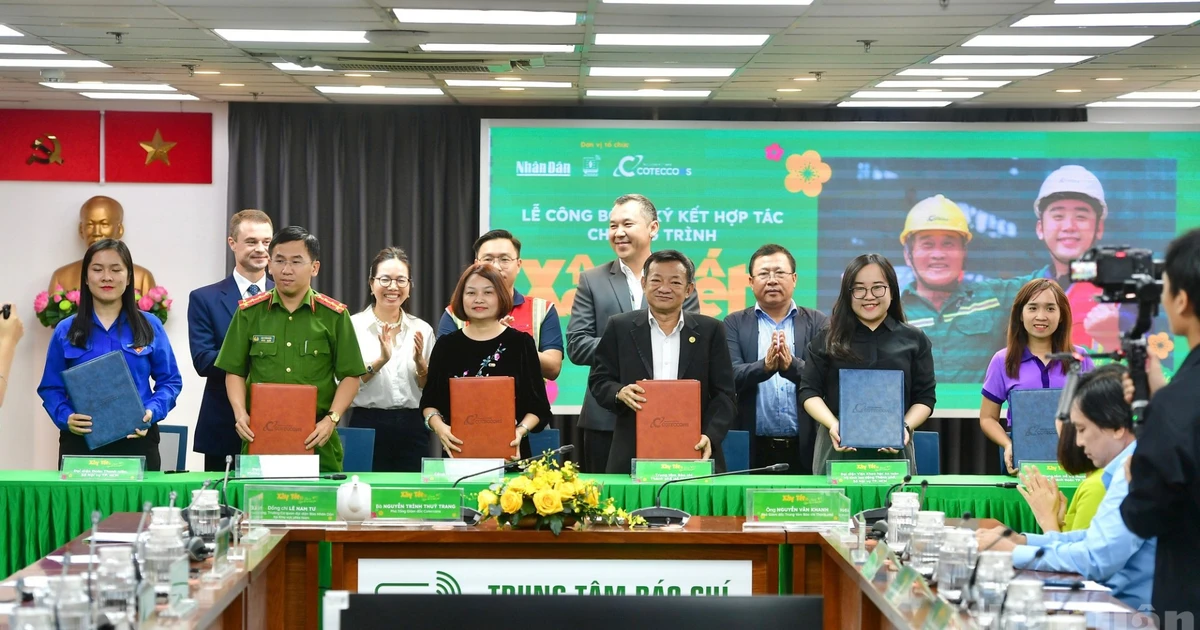
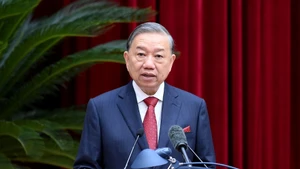
![[In Pictures] Nhan Dan Newspaper and Coteccons launch the Building Tet 2026 Programme](https://en-cdn.nhandan.vn/images/5992a12dd6e78b9bfb434962ff18307331f51c4c3a3e5fcfcd42f0234766d9c45840b0c6e06f3d50c1b8ba0f0abda1a6b665eff40edce9ec48a5692486f5a3ef/201225-xay-12.jpg.webp)
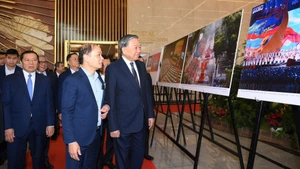
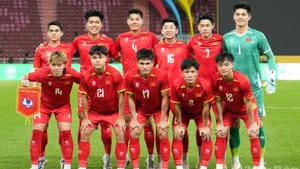
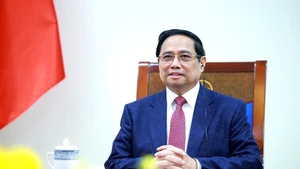
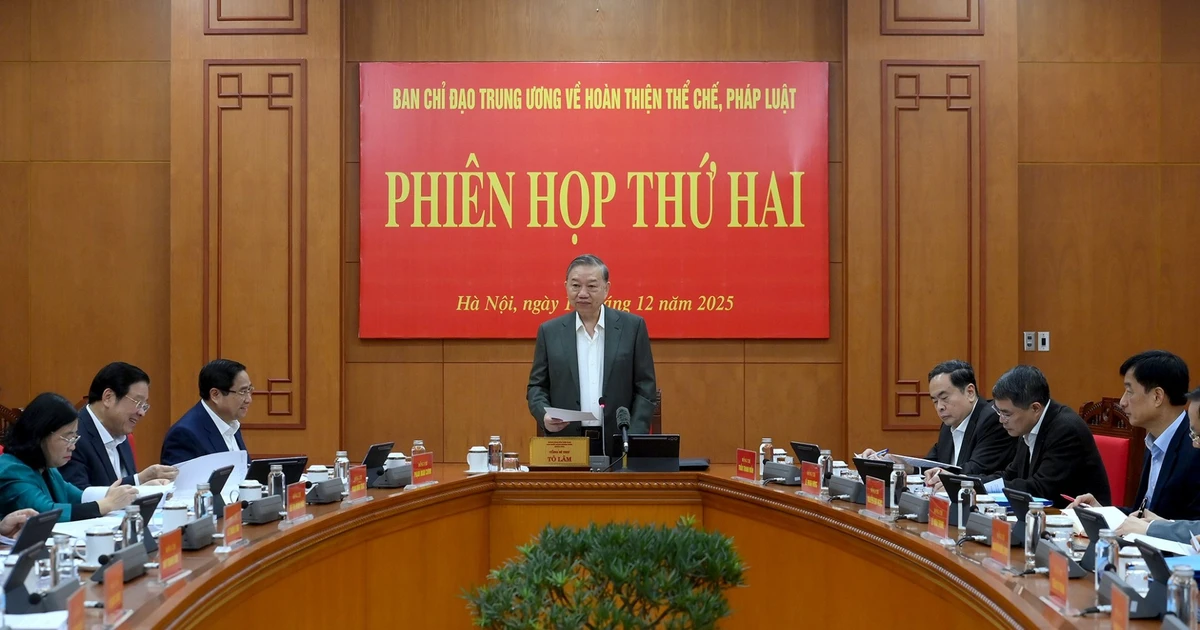
![[In Pictures] Award ceremony of the Human Act Prize 2025](https://en-cdn.nhandan.vn/images/5992a12dd6e78b9bfb434962ff18307331f51c4c3a3e5fcfcd42f0234766d9c42f03518febde2c9d258f98c1db4a3b214eb54d6f36cee30ec8ae9b858fada279/171225-da-10.jpg.webp)
